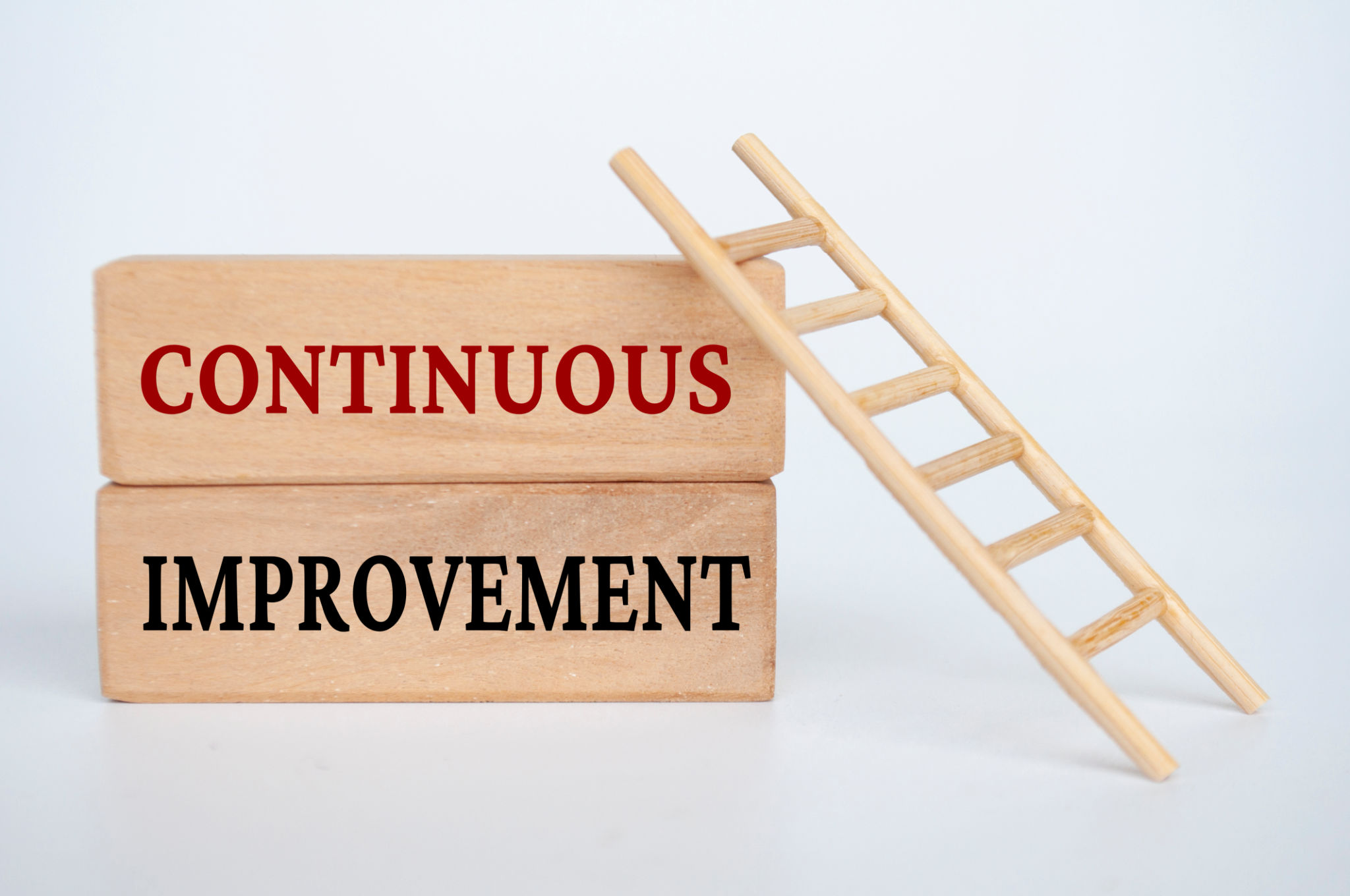Expert Insights: Bridging the Gap Between Vision and Execution
Understanding the Gap: Vision vs. Execution
In the world of business, crafting a compelling vision is only half the battle. The true challenge lies in bridging the gap between vision and execution. Many organizations struggle to turn their strategic goals into actionable plans, often leading to frustration and missed opportunities. Understanding the root causes of this gap is a crucial first step toward effective execution.
Vision without execution is merely a dream. Execution without vision is aimless activity. Bridging this gap requires a comprehensive understanding of both strategic planning and operational efficiency. It's about aligning every aspect of your organization to work harmoniously towards common goals.

The Importance of Clear Communication
A well-crafted vision can inspire and motivate, but without clear communication, it risks becoming nothing more than a lofty ideal. Effective communication ensures that every team member understands their role in achieving the organization's vision. This not only boosts morale but also promotes a culture of accountability.
Strong communication channels help break down silos and encourage collaboration across departments. It's vital to have regular check-ins, progress reports, and feedback loops to ensure everyone stays aligned with the overarching goals. Remember, clarity leads to action, and action drives results.
Building a Culture of Execution
Execution is not just about following a plan; it's about fostering a culture where execution becomes second nature. Organizations need to cultivate an environment where employees feel empowered to take initiative and make decisions that align with the company's vision. This requires trust, support, and resources from leadership.

One key element of this culture is setting realistic and measurable objectives. Objectives should be Specific, Measurable, Achievable, Relevant, and Time-bound (SMART). By setting clear expectations and providing the necessary tools and training, teams can execute with confidence and precision.
Leveraging Technology for Seamless Execution
In today's digital age, technology plays a pivotal role in bridging the gap between vision and execution. Tools such as project management software, data analytics, and communication platforms can streamline processes and enhance productivity. These technologies help teams track progress, identify bottlenecks, and make informed decisions quickly.
Moreover, automation can reduce the burden of repetitive tasks, allowing team members to focus on more strategic initiatives. By integrating technology into your execution strategy, you can achieve greater efficiency and agility in reaching your business goals.

The Role of Leadership in Bridging the Gap
Leadership is a critical component in bridging the gap between vision and execution. Leaders must not only articulate the vision but also demonstrate commitment through their actions. They should be visible champions of the vision, consistently reinforcing its importance and relevance.
This involves setting priorities, allocating resources wisely, and removing obstacles that hinder progress. Effective leaders also mentor their teams, helping them understand how their individual contributions align with the larger organizational objectives. Leadership that inspires trust and confidence is essential for successful execution.
Continuous Improvement: A Key to Success
Finally, bridging the gap between vision and execution is an ongoing process that requires continuous improvement. Organizations must be willing to learn from past experiences, adapt to changing circumstances, and innovate when necessary. This involves regularly reviewing performance metrics, gathering feedback, and making adjustments to strategies as needed.

By fostering a mindset of continuous improvement, businesses can ensure they remain agile and responsive in a rapidly evolving marketplace. This adaptability not only helps maintain alignment between vision and execution but also positions organizations for long-term success.
